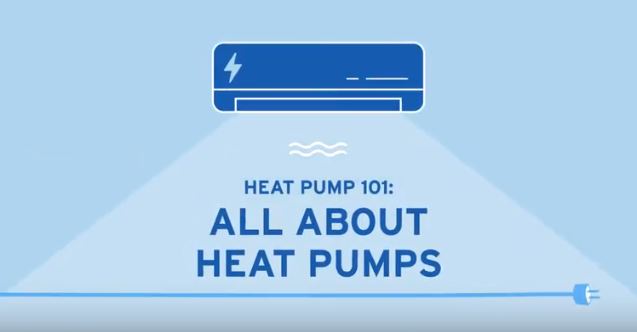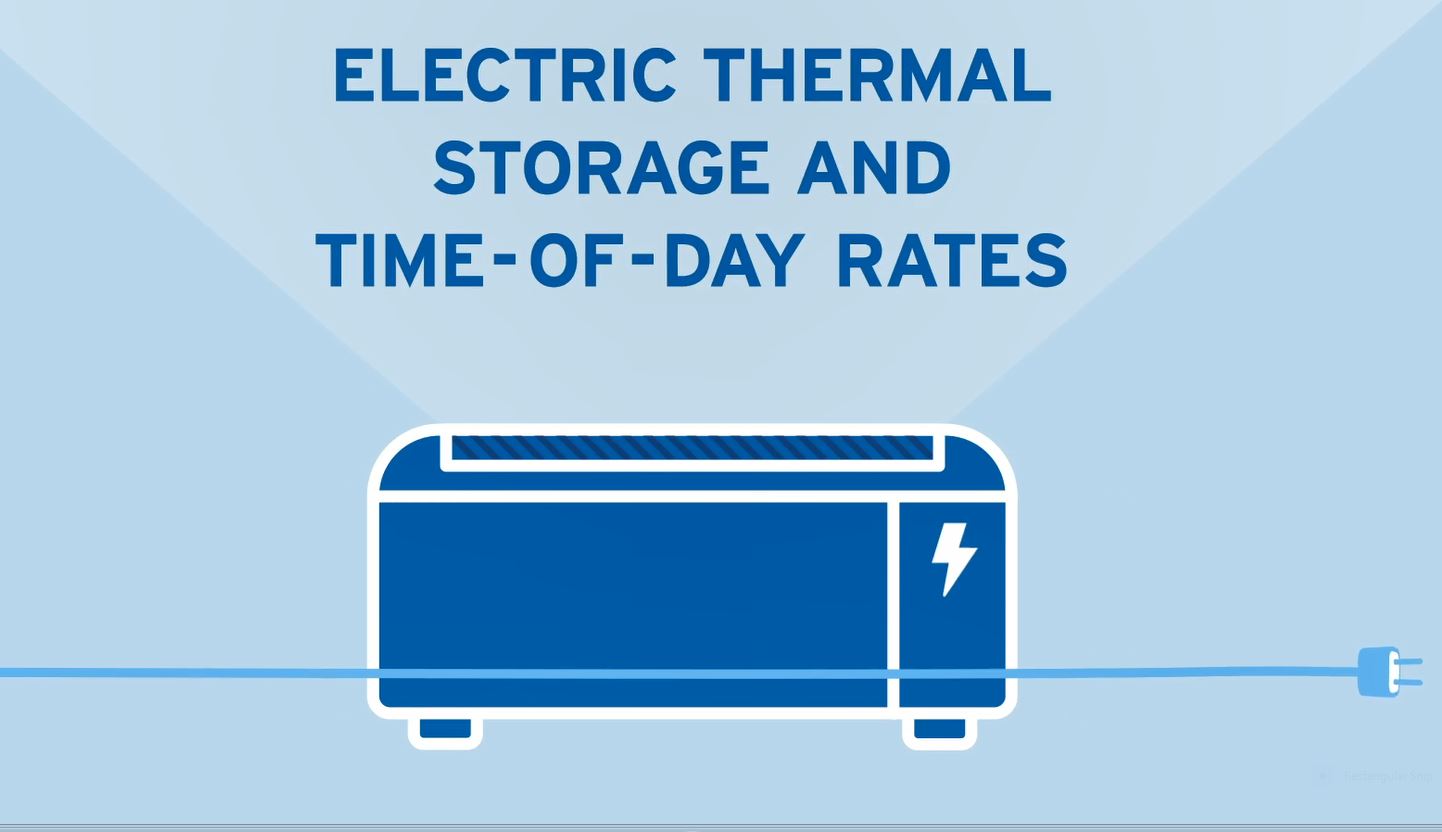Heating & Cooling
Home Heating & Cooling
GET TO KNOW HEAT PUMPS
Types of Heat Pumps
Whether you need to heat or cool a specific room, or need a whole home solution, there’s a heat pump to fit your needs. The type you choose will depend on your home’s layout, the current heating system, and whether you're building new.
The best way to find the right heat pump is to consult a preferred contractor to help guide you toward the most efficient and cost-effective choice for your home.
Ductless Systems
If your home is heated using baseboards, hot water, wood heat or older-style hot water radiators, then your home most likely doesn't have ductwork throughout it. In this case, a ductless mini-split system might be perfect. With ductless systems, indoor units are wall-mounted in the rooms they will heat and cool.
Ducted Systems
If your home had a traditional oil forced air heat, or if you're building new, then a ducted heat pump might be right for you. This system takes advantage of your existing forced air ductwork and distributes heated (or cooled) air through it. An outdoor unit extracts heat from their air (even in the winter), which is connected to an indoor unit to distribute the air throughout the home.
Geothermal
Most heat pumps are "air source", which means they use the air outside of the home whereas geothermal systems are "ground source". Rather than using the outside air, geothermal systems take heat from (and dump heat into) the ground.
Typically, geothermal heat pump systems are considered for new construction, rather than an add-on to an existing system or home.
Electric Thermal Storage
Electric Thermal Storage (ETS) is a home heating system that generates and stores heat for use later in the day. When paired with our Time-of-Day (TOD) rates, ETS can help lower your heating costs by storing heat during off-peak hours—like overnight—when electricity is less expensive and releasing it throughout the day as needed.
To explore whether ETS is a good fit for your home, reach out to a preferred contractor today.
Types of Electric Thermal Storage
There are three main types of ETS systems which all function basically the same way – they can be scheduled to store heat during times while Time-of-Day rates are discounted, helping reduce energy costs by releasing the stored heat when needed.
Room Units
This is the easiest option to add to an existing home and heating system. As a standalone cabinet, an electrician can install it conveniently in any room. Cabinets typically have a depth of 10” to 12” and fit well with most home décor.
Proper sizing and placement are key to performance. Storage will vary between makes and models, so it’s important to consult a licensed contractor to help choose the right size and position units strategically throughout your home. If the units are undersized, back-up heating sources will run during on-peak hours to maintain comfort, offsetting potential savings.
Central Heating
This option replaces your existing furnace - this is an ideal solution when looking to cleaner home heating systems. These ETS systems come in both forced air and hydronic versions, so if your current home heat is distributed by forced air (through ductwork) or hot water (through radiators), there’s an ETS upgrade for you.
In-Floor Radiant
The big difference with in-floor radiant ETS systems is that rather than using ceramic bricks to store the heat, it uses the concrete slab of the floor itself. In this system, water is heated during off-peak hours, and pumped through the home’s concrete floor(s).
Rebates & Incentives
Did You Know?
Heat pumps paired with electrical thermal storage (ETS) can save you even more. Ask a preferred contractor if ETS is a good addition for your home.
Calculate Your Potential Savings
Tell us a bit about your home and how you heat it right now. The calculator will estimate your current energy costs, and predict what your costs might be if you switched to more efficient electric heating options.




.jpg?sfvrsn=b20fb499_3)
.jpg?sfvrsn=202fa0cf_3)
.jpg?sfvrsn=950adc1d_3)

-(1).jpg?sfvrsn=24d93e33_4)
.jpg?sfvrsn=51cf2323_4)
-(1).jpg?sfvrsn=5f8af327_4)